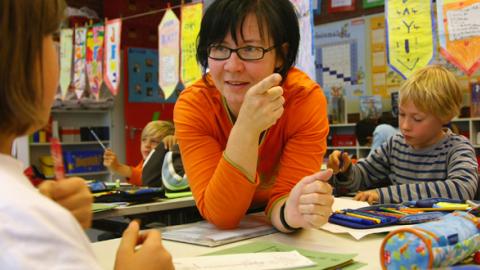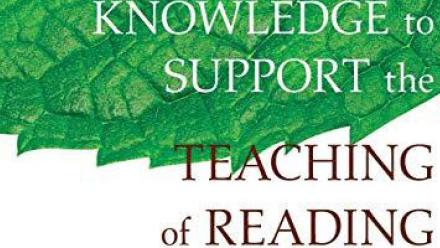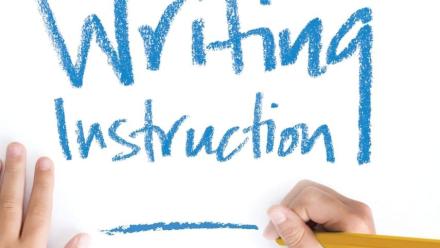Teaching reading is a hugely complicated task. So much so that researcher Louisa Moats ended up entitling her influential article “Teaching Reading Is Rocket Science .” (This, incidentally, also became the basis for the Reading Rockets name!)
Learning to read is a complex achievement, and learning to teach reading requires extensive knowledge and skills across the components of word recognition, language comprehension, spelling, and writing. Consider what the classroom demands of the teacher.”
Louisa Moats (from AFT’s American Educator)
Dr. Moats goes on to say, “Children’s interest in reading must be stimulated through regular exposure to interesting books and through discussions in which students respond to many kinds of texts. For best results, the teacher must instruct the majority of students directly, systematically, and explicitly to decipher words in print, all the while keeping in mind the ultimate purpose of reading, which is to learn, enjoy, and understand. To accommodate children’s variability, the teacher must assess children and tailor lessons to individuals or groups. This includes interpreting errors, giving corrective feedback, selecting examples to illustrate concepts, explaining new ideas in several ways, and connecting word recognition instruction to meaningful reading and writing.”
Learn more
Themed Booklist
Teaching Reading
Themed Booklist
Teaching Writing
Reading 101



